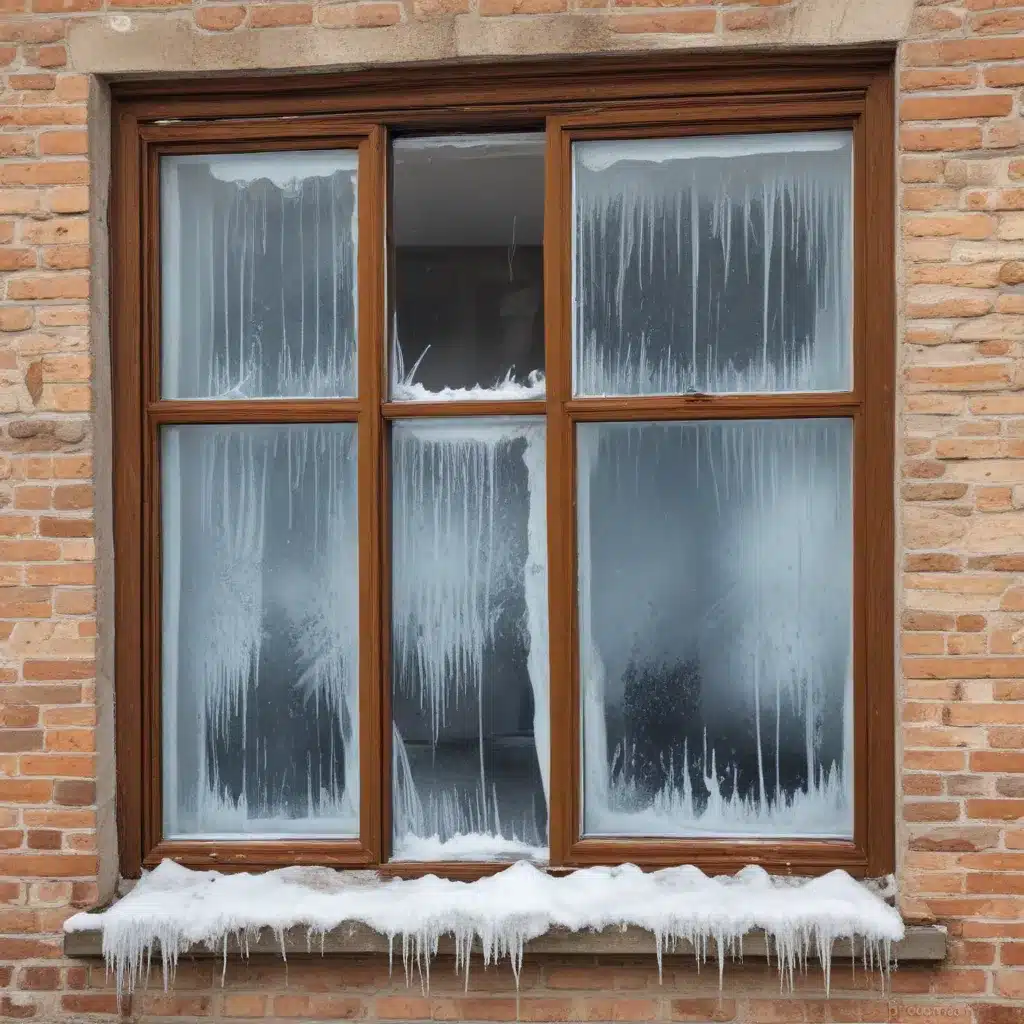
Diagnose and Eliminate Freezing Issues
Windows freezing can be an incredibly frustrating experience, interrupting your workflow and causing untold headaches. As an experienced IT professional, I’ve seen my fair share of these problems and have developed a comprehensive troubleshooting approach to get systems back on track. Let’s dive in and explore some proven strategies to quash those pesky freezing issues once and for all.
Identify the Root Cause
The first step in resolving Windows freezing is to pinpoint the underlying cause. This could be due to a variety of factors, from hardware conflicts and driver problems to resource-hungry applications and system settings gone awry. Start by gathering key information about when the freezing occurs, what you were doing at the time, and any error messages or unusual behavior leading up to the incident.
Check for Hardware Issues
Hardware problems can often be the culprit behind Windows freezing. Begin by inspecting your system’s hardware components, looking for any signs of damage, overheating, or improper connections. Run hardware diagnostic tools like CrystalDiskInfo to check the health of your hard drive or Prime95 to stress test your CPU and memory. If any issues are detected, address them promptly by replacing faulty parts or ensuring proper cooling and ventilation.
Update Drivers and Software
Outdated or incompatible drivers can wreak havoc on system stability, leading to freezes, crashes, and other performance problems. Make it a habit to regularly update your drivers, especially for critical components like the graphics card, chipset, and storage controllers. Utilize tools like Device Manager or DriverBooster to identify and update any outdated drivers.
Additionally, ensure that your operating system, firmware, and all installed software are up-to-date. Enable automatic Windows Updates to keep your system patched and secure, and check for any available updates for critical applications like your web browser, antivirus, and productivity tools.
Manage System Resources
Windows freezing can often be attributed to resource-intensive tasks or applications hogging system resources like CPU, memory, or disk I/O. Use the Task Manager to identify any processes or services consuming an abnormal amount of resources, and close or end them if they’re not essential. Additionally, consider uninstalling any unused programs or browser extensions that may be contributing to the problem.
Adjust Power Settings
Improper power management settings can also lead to Windows freezing, especially on laptops or desktops with power-saving features. Navigate to the Power Options in the Control Panel and ensure that your current power plan is set to “High Performance” or a custom plan that prioritizes system stability over power savings.
Perform a Clean Boot
If the above steps fail to resolve the freezing issue, it’s time to try a clean boot. This process starts Windows with a minimal set of drivers and startup items, allowing you to identify any conflicting third-party software or services that may be causing the problem. Follow Microsoft’s guide on how to perform a clean boot in Windows to get started.
Overcome Crashing Challenges
In addition to freezing, Windows crashes can be another frustrating issue that demands attention. Let’s explore some strategies to address those unexpected shutdowns and blue screens of death.
Diagnose Crash Errors
When Windows crashes, it typically provides an error message or a “blue screen of death” (BSOD) that can offer valuable clues about the underlying cause. Use a tool like BlueScreenView to analyze the BSOD information and identify any hardware, driver, or software-related issues that may be triggering the crashes.
Check for Malware and Viruses
Malware, viruses, and other malicious software can often lead to system crashes and instability. Ensure that your antivirus and anti-malware protection is up-to-date and perform a full system scan to detect and remove any threats. Consider using a trusted tool like Malwarebytes to supplement your primary antivirus solution.
Troubleshoot Driver Conflicts
As with freezing issues, outdated or incompatible drivers can also cause Windows to crash. Use the Device Manager to identify any devices with driver problems, and update or roll back the drivers as needed. Pay special attention to critical components like the graphics card, storage controllers, and network adapters.
Perform a System Restore
If the crashes seem to be related to a recent change, such as a software installation or system update, consider using the System Restore feature to revert your system to a previous, more stable state. This can help undo any problematic changes and potentially resolve the crashing issues.
Run a Memory Diagnostic
Faulty RAM can be a common culprit behind Windows crashes. Use the built-in Windows Memory Diagnostic Tool to test your system’s memory for any issues, and replace any faulty RAM modules if necessary.
Perform a Clean Install
If all else fails, a clean install of Windows may be the best solution to address persistent crashing problems. This process involves completely reinstalling the operating system, ensuring a fresh, uncontaminated environment. Be sure to back up your important data beforehand, and follow Microsoft’s guidance on how to perform a clean install of Windows 10.
Maintain a Stable Windows Experience
By following the steps outlined in this comprehensive guide, you’ll be well on your way to quashing those pesky Windows freezing and crashing issues. Remember, proactive maintenance, regular software updates, and a thorough troubleshooting approach are key to maintaining a stable and reliable computing experience.
For additional IT support and technology insights, be sure to visit ITFix.org.uk – your one-stop destination for all your computer repair and IT solutions needs.












